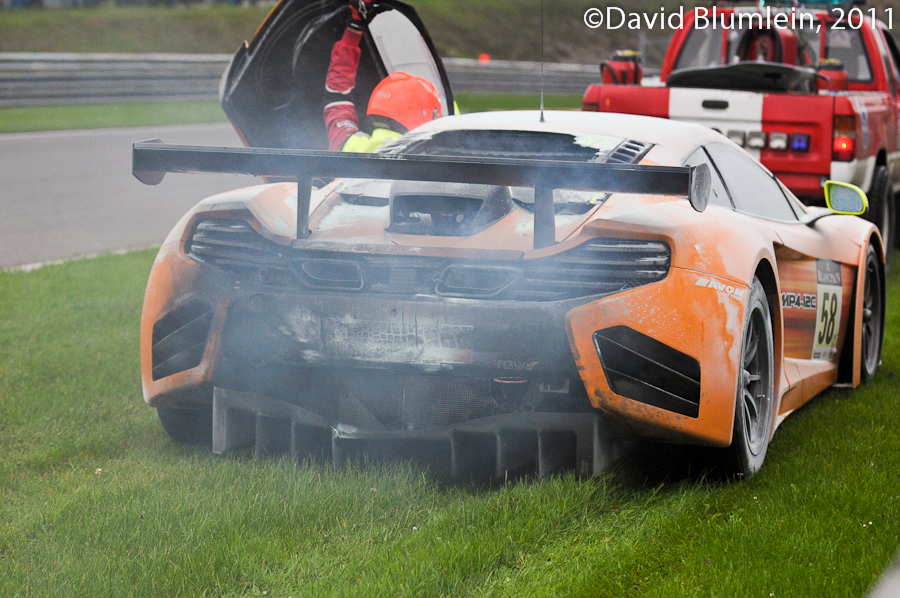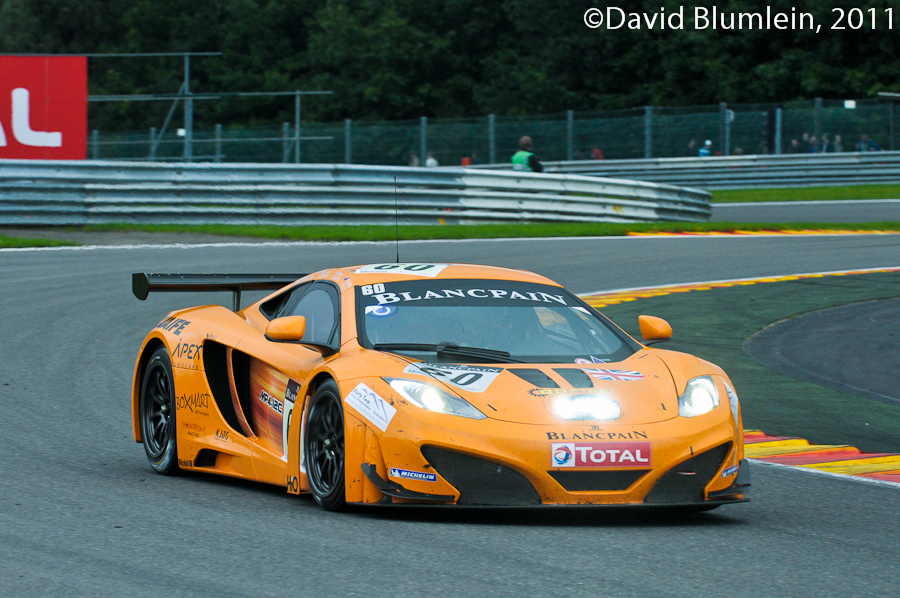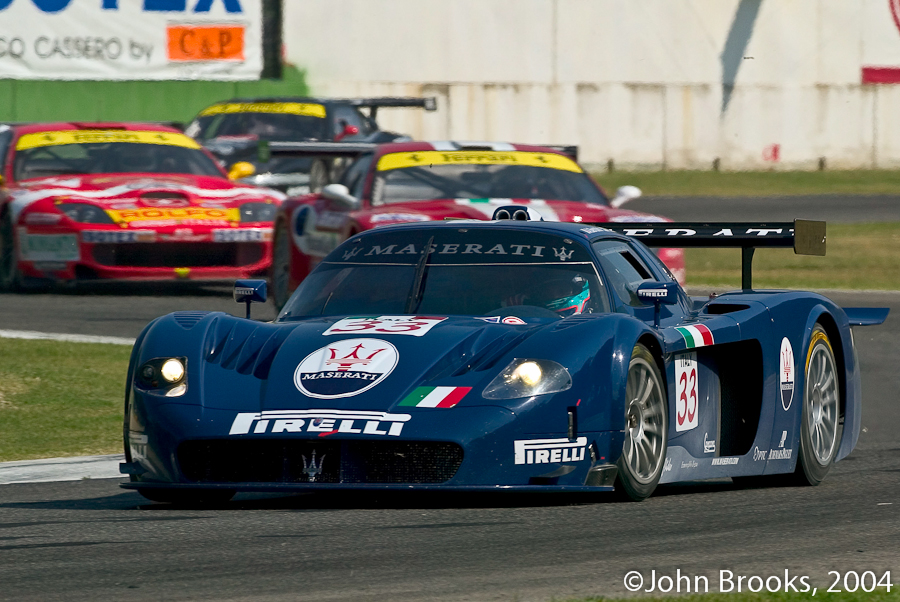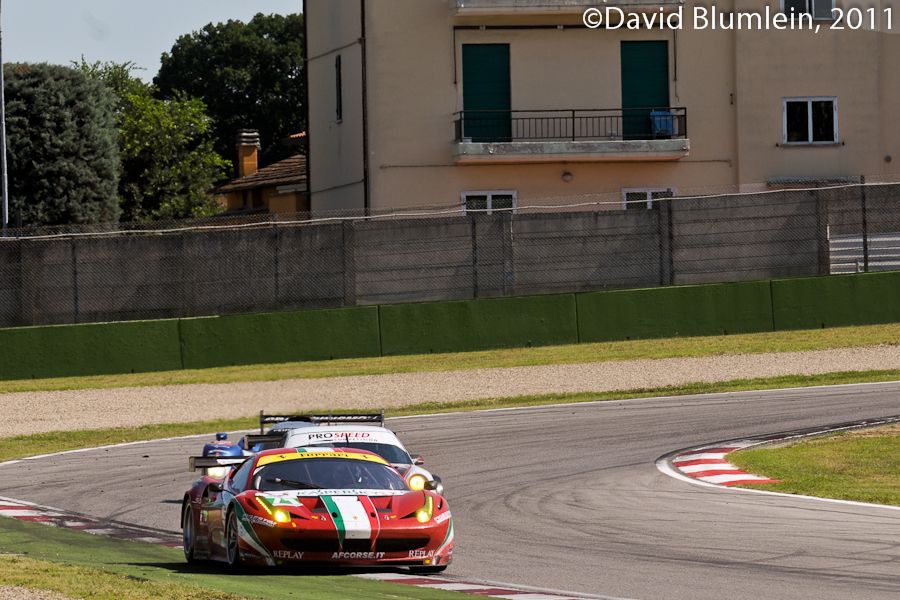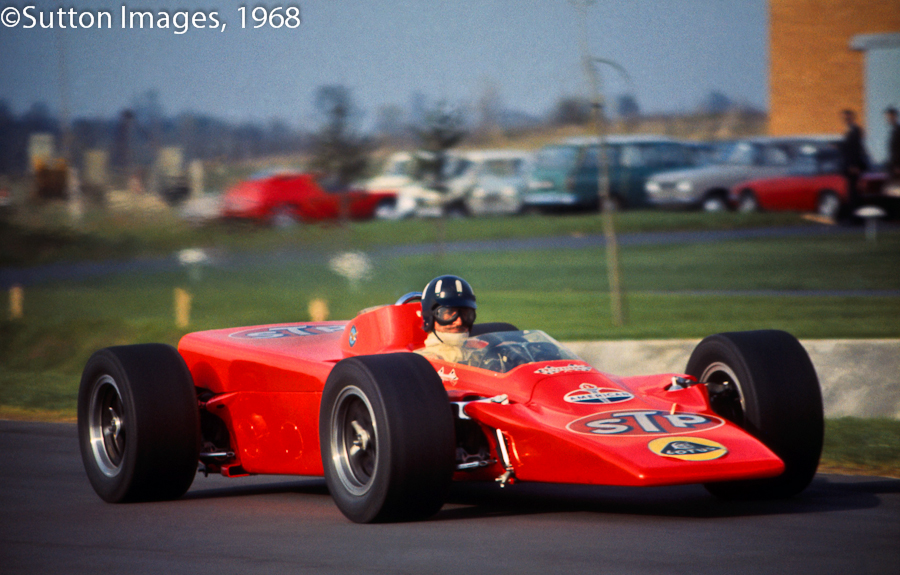Motorsports has its own language, just as does the other endeavors of mankind. So why, then, am I having to learn and deal with the language of the financial world when it comes to racing? The obvious answer, of course, is money: the ingredient without which neither motorsport, nor the rest of the planet would function, or even exist.

Anyone want to sit on my boat?
Clearly, the basis for Formula One is more greed than sport; a fact that might sadden and frustrate F1’s fans and true believers, but reality nevertheless. The sandbox that is sports car racing is perhaps less obviously based on greed. However, it too is financially driven these days as manufacturers increasingly are turning to it as a viable marketing tool not only to promote what is built now, but the technologies of the future which will reshape not only the sport, but the automotive industry itself.

Heavy Metal
America, where Detroit continues to try and rebound from the monetary crisis of 2008, there is less emphasis on performance than there has been in the past, the U.S. public more concerned with gas mileage than horsepower. Nevertheless, the real issue facing the Michigan-based manufacturers is their size and influence within the industry itself. With Chrysler now owned by Fiat, and General Motors having been forced to cut its brands down to just three to survive; only Ford remains a true global automotive powerhouse. However, there’s no need to worry for there is another global giant building up a head of steam in Europe, name Volkswagen.

Flying Start
Conceived by Hitler to provide Beetles to the German masses, the Volkswagen Group now embraces such prestigious brands as Bugatti, Porsche, Audi and Bentley, not to mention Lamborghini in its portfolio. And, it is this wealth which, friends and neighbors, leads us to the motorsports dilemma now facing VAG.

Racing Green?
Although the Italian nameplate has not won Le Mans’ Holy Grail, the other four marques have. Moreover, three of the remaining four could be in the running to do so again. However, those notorious bean counters are unlikely to allow Audi, Bentley and Porsche to compete for the same prize at the Sarthe, much less run against each other for a whole season. So, who goes where? That is the unanswered question.

When We Were Kings
Normally, it would be an interesting, maybe even a somewhat humorous discussion. However, in this case the future of the sports car competition universe could well hang in the balance. The reason for that is simple: the retrenchment by many of the participants on which the enclosed bodywork set of depended, particularly among the Japanese car makers, has drastically reduced the number of potential players down to just a few.

Vive La France
For the moment, only Peugeot appears committed to the sports car scene, with BMW perhaps moving to join the French manufacturer. Two other likely candidates, Mercedes and Renault, are far more focused on F1, and will probably remain so. That leaves VAG’s Audi, Bentley and Porsche camps as the only resources for the two seat scene to draw on. But, what about Ferrari, you say? The Italians, in this case, likewise appear to want make F1 the mainstay of their motorsports efforts, providing only privateers oriented GTs machinery for the sports car arena.

Jump for Joy
So, who gets the brass ring at VAG? Is it Porsche, which needs, and has announced it will run a prototype at Le Mans in 2014; or will it be Audi, which, has, with the exception of 2003 and 2009, the latter occasion marking Peugeot’s only 24-Hour triumph in this century so far, has dominated at the Sarthe since the year 2000? And, what about Bentley, which took the top prize at Le Mans in 2003, and which now, perhaps is ready to jump back into the fray? While it would be a tremendous boost to see all three fight it out, as we would put it in America, “it just ain’t going to happen folks.”

Wild Things Run Fast
Closing matters let me again introduce another possible scenario. Assuming that Porsche will take the lead at Le Mans, and assuming that Audi will continue in the German Touring Car Championship and with the R8 programs, could the be-ringed brand then follow Mercedes into F-1? Perhaps? However, perhaps not. What if Bentley became VAG’s Formula One standard bearer and Audi returned to a rejuvenated rally arena where it could demonstrate the new automotive technologies now being developed just as it did with four-wheel-drive in the form of the Quattro during the first part of the 1980’s?
Some would suggest that all this is outlandish thinking on an old fart’s part. But, then again old farts have been known to occasionally get it right. In this case it is a case of “pays your money: takes your choice.”
Bill Oursler, August 2011







